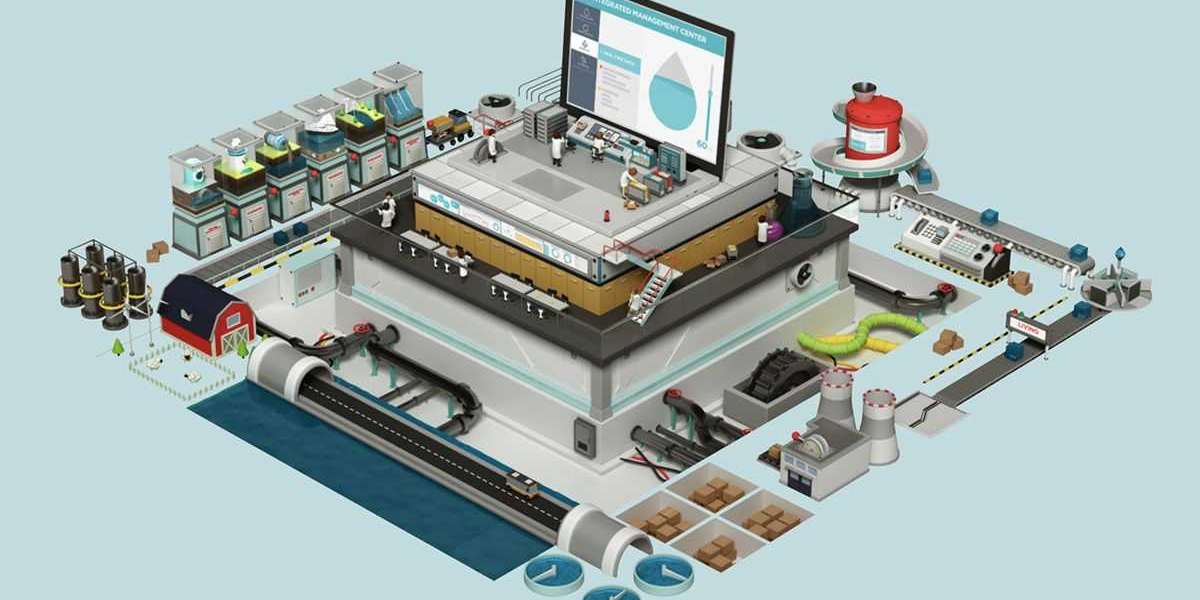The vending industry offers various options for entrepreneurs and consumers, with bulk vending and traditional vending being two popular models. Each has distinct advantages and challenges, catering to different market needs. This article explores the differences between bulk and traditional vending, weighing the pros and cons of each to help you determine which might be the better choice for your business or personal needs.
Understanding Bulk Vending
Bulk vending refers to the sale of unsorted items, usually in large quantities, at lower prices. This model typically includes items like gumballs, candy, nuts, or toys dispensed through machines that operate with coins. Bulk vending machines are usually simple, mechanical devices with low operational costs.
Low Initial Investment
Bulk vending machines are relatively inexpensive compared to traditional vending machines. The lower cost makes it easier for new entrepreneurs to enter the market with minimal financial risk.
Low Maintenance and Overheads
These machines are straightforward and have fewer mechanical parts, reducing maintenance needs. They also require less electricity, further lowering operational costs.
Passive Income
Bulk vending can be a great source of passive income. Once machines are placed in high-traffic areas, they require minimal effort beyond occasional restocking.
Appeal to Children and Families
The affordable and fun nature of bulk vending items makes them attractive to children and families, especially in locations like shopping malls, movie theaters, and amusement parks.
Understanding Traditional Vending
Traditional vending encompasses machines that dispense pre-packaged products like snacks, beverages, and other convenience items. These machines are more complex and offer a wider variety of goods, catering to a broader audience.
Advantages of Traditional Vending
- Wide Product Range: Traditional vending machines can offer a diverse selection of products, including healthy snacks, drinks, and even non-food items like electronics or hygiene products. This variety can attract a more extensive customer base.
- Higher Profit Margins: The higher price point of items sold through traditional vending machines often results in better profit margins. Additionally, the convenience of these products can justify premium pricing.
- Technological Advancements: Modern traditional vending machines often come equipped with advanced features like cashless payment options, remote monitoring, and temperature control, enhancing user experience and operational efficiency.
Challenges of Traditional Vending
- Higher Initial Investment: The cost of purchasing and installing traditional vending machines is significantly higher than bulk vending machines. This higher entry barrier can be a deterrent for some entrepreneurs.
- Maintenance and Operational Costs: Traditional vending machines have more complex components, leading to higher maintenance and repair costs. They also consume more electricity, adding to operational expenses.
- Inventory Management: Managing inventory for traditional vending machines can be more challenging, as products have expiration dates and require regular restocking.
Conclusion
Choosing between bulk vending and traditional vending depends on your business goals, budget, and target audience. Bulk vending offers a low-cost entry into the vending industry with minimal maintenance and overhead costs. It's an excellent option for those looking for a passive income stream or catering to specific markets like children and families.
On the other hand, traditional vending provides more opportunities for higher profit margins and caters to a broader audience with a diverse product range. However, it requires a higher initial investment and more intensive management., Ultimately, the best choice depends on your resources and objectives. Some entrepreneurs even opt for a hybrid approach, combining both bulk and traditional vending to maximize their market reach and profitability.








